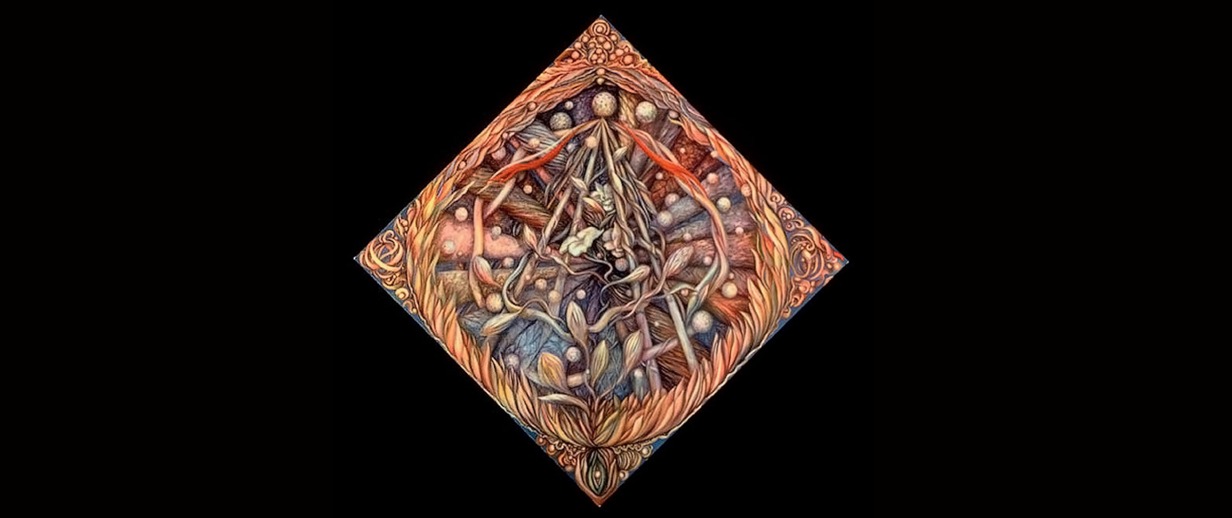
Introduction by James Victor Jordan to “Cutting” by Gilah Yelin Hirsch.
Websites displaying and depicting the work of Gilah Hirsch: gilah@gilah.com and ghirsch@csudh.edu
Introduction:
Gilah Yelin Hirsch is a Professor of Art at California State University at Dominguez Hills. She is an internationally exhibiting painter, author, award-winning filmmaker, and a sought-after speaker on topics as varied as shamanism, neurology, the physiology of healing, and art. Two of her popular books are Demonic to Devine: The Double Life of Shulamis Yelin (2015) https://www.amazon.com/Demonic-Divine-Double-Shulamis-Yelin/dp/1550653830/ref=sr_1_2?keywords=Gilah+Yelin+Hirsch&qid=1574114672&sr=8-2 and The Traveling Exhibition: Gilah Yelin Hirsch (2010) https://www.amazon.com/Travelling-Exhibition-Gilah-Yelin-Hirsch/dp/1615393714/ref=sr_1_1?keywords=Gilah+Yelin+Hirsch&qid=1574115370&sr=8-1. She is the writer, director, voice-over artist, and producer of Cosmography – The Writing of the Universe (1995). https://www.amazon.com/s?k=Gilah+Yelin+Hirsch+Cosmography&ref=nb_sb_noss. And she recently released a video she also wrote, directed, and produced: Reading the Landscape (2019) https://vimeo.com/323483007
Her essay “Cutting” that appears below grew out of keen insights in Kenya while researching and writing Reading the Landscape, as well as in Budapest while exhibiting 30 of her paintings that were touring Europe, and finally while living in a culture focused on the quest for youth while aging in Southern California, where she lives and teaches.
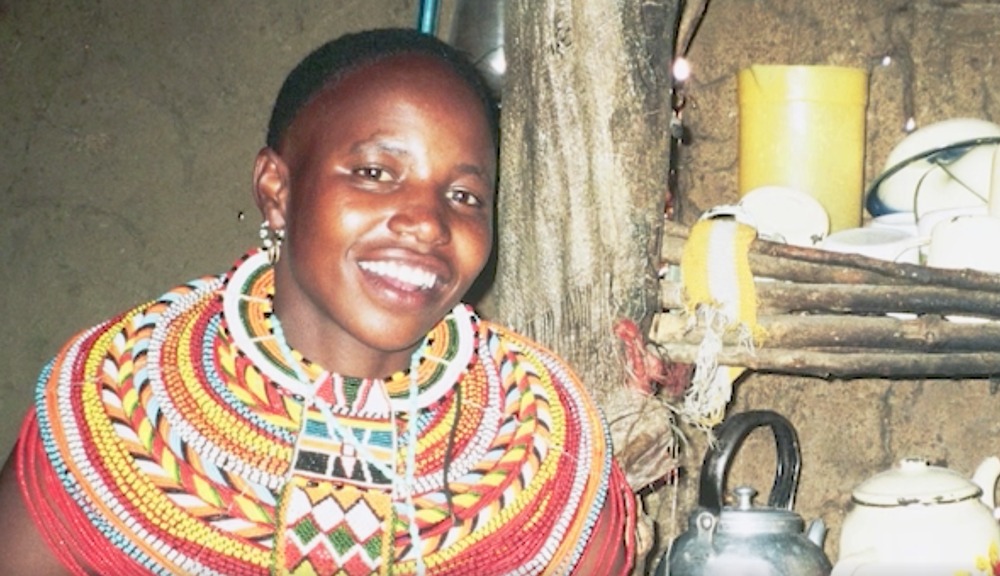
Cutting
I was in Kenya in 2006 to shoot the African segment of my film, Reading the Landscape, about pattern in nature, alphabet, language, neurology and culture. I had the privilege of spending time with a nomadic Samburu family consisting of a much older man and his 9 wives.
When my translator, fluent in Samburu, Swahili and English, and I arrived at the family’s cluster of small huts, all the wives greeted us with enthusiastic dancing and singing. The wives ranged greatly in age from seemingly very old to very young. Their luxuriously full, black, tall bodies were ornately embossed, and clothed in layers of brilliantly patterned fabrics from the waist down to their bare feet. Some had additional fabrics loosely draped around their shoulders.
Large complicated collars constructed of many strands of colorful beads varying greatly in size and shape, adorned their elongated necks and upper torsos and were supported by their naked breasts. These collars are never removed but are constantly expanded so that the older collars are more like lacey full body jewelry and are seen as signs of wealth and prestige as they grow larger over time.
Collars and breasts bobbed up and down in unison as they bounced with the rhythm of the energetic dancing. All the women were exceptionally radiant, exultant and exuded health and happiness.
A considerable distance away, the husband was seated on the ground with two men, enjoying the shade of an Afzelia tree. They were animated in discussion and never seemed to notice the dancing wives or the visitors. The Samburu men wore traditional red plaid fabrics thrown over their shoulders and carried or leaned against their tall walking sticks.
This was a family that travels with their herd of miniature goats from one grassy patch to another. Once found, each wife sets up her own temporary house which is about 5 feet tall, 10 feet round, with an entry opening about 2 and half feet high. Goatskins, fabrics and thatch are used for the roof, and dung paddies coat the exterior walls made of sticks.
The translator and I were invited into the chief wife’s home. Our host appeared to be in her early twenties, not by any means the youngest of the wives but one who certainly wielded authority. She was close to seven feet tall, majestic, artfully embossed, exuberant and very joyful. She seemed thrilled by our visit.
We followed our queenly host and crawled through the small opening of the dark cave-like dwelling where we were shown to sit on a piece of fabric placed on the mud floor on the right side of the hut.
The dwelling was clean and orderly and was clearly arranged carefully for efficient and aesthetic use of the space hugging the inner perimeter of the stick and dung walls.
There was a cooking spot with a few clay bowls and a small number of implements, as well as a place to sleep, and another for visiting. The dedicated spaces surrounded the fire in the central hearth which had a large cooking pot suspended from a makeshift apparatus made of forked and straight sticks.
A tiny goat entered the hut and with one slash of a sharp instrument our host slaughtered it then and there. She skillfully and rapidly skinned the animal, drained the blood and put the butchered pieces into the pot with some water and a few pieces of root vegetables.
My host sat down to my left, closest to the entry, and her eighteen- month-old toddler, who filled the small doorway, waddled in and sat on his mother’s lap.
Our host dispassionately related via the translator that she had had 3 more children but they all had died as babies. So many babies die in their first year, she lamented. She hoped this one would survive.
I asked her to sing more of their heartfelt songs and she sang a lilting lullaby and then another. She asked me to sing and I sang folk melodies that brought tears to her eyes. She hummed along in an effort to learn these tunes and we repeated them until she could sing them herself.
I asked her about her life and she asked me about mine. I made a map of the world on the mud floor and showed her where we were in Kenya and where I lived in Los Angeles, that we were separated by massive bodies of water. She was obviously very intelligent and interested in all of this and wanted to know more details about everyday life.
We were becoming closer as we chatted – sisterly, physically closer as well. Soon the three of us were eating the tasty goat stew together.
After the meal, our host collected and cleaned the bowls with sand and water and meticulously replaced them in the cooking area.
Happily singing melodically all the while, she sat down to my left again, very closely next to me this time. Her right arm embraced my shoulders.
Her small son climbed back into his mother’s lap and our conversation continued about our mutual lives. We had warmed to each other and had connected on a soul level. We had become friends.
In a tone akin to asking how often I cut my hair, she asked blithely when was I circumcised.
I was stunned – but I remained calm and never changed my position. I had come to Kenya armed with brochures about the horrors of female circumcision. I was prepared to argue and debate about what I had come to know as a barbaric custom. I had seen the videos of cutting – the pain, the fact that in some cultures the female genital is sewn so tightly that nothing can enter and birthing is impossible without more cutting. I had learned that circumcised females could not enjoy sex and that they were cut to make sure that they would have no sex except with their husbands. I had learned that this was to be seen not only as a sign of the husband’s ownership but also of the wife’s belonging to a family and a tribe.
After a moment, I meekly confessed to her that I had not been circumcised.
Then it was my host who was visibly shocked. Her face contorted, and her eyes widened in utter disbelief. She recoiled from my side and she looked at me in horror – how could a woman of years survive without being circumcised? How could I have any kind of life?
Could I have a husband and what about the other wives and children? Who takes care of them and who takes care of me?
I answered all her questions calmly. I told her that I lived in a culture where a man has only one wife. She interpreted this as living in terrible poverty.
She was deeply shaken. She cried in sympathy for her new friend.
She crawled out of the hut and broadcast this alarming news to the other 8 wives who wailed in concert at the pathos of this poor woman. How terrible a plight this visiting woman endures! They, too, cried in sympathy for me, because a woman who was not circumcised could have no life at all. She would be ostracized from family and tribe.
She would wander alone throughout her life, a pitiable creature.
Suddenly I felt like a freak – the freak that I was in that family, in that culture. Who was I to tell them what is right? These women were happy and content in their families and were terribly threatened just to know that an uncircumcised woman was in their midst.
I learned from my host that each wife entertained her husband in her own home. She told me that she enjoyed sex with her husband as did the other wives. They were minimally cut in the clitoris and could have vaginal orgasms. I was relieved to learn that this tribe did not engage in the full genital cutting that I had read about.
I learned that the wives helped birth each other’s babies, shared childcare and the all too frequent burial of infants and young children. They cared for each other in older age. Collectively they attended to and managed the goats that could be sold or traded as needed. As drought was common, they scouted and consulted with wives of other families on best directions to pursue in search of grass for the goats.
Each wife had her assigned expertise contributing to the prosperity of the family. It appeared that the husband’s sole obligation was to add to and impregnate the wives to insure a growing family that would continuously enhance his wealth and respect.
As a feminist I thought about this long and hard. I have lived in many cultures throughout my life and learned that joy is culturally determined while grief is experienced in the same way universally.
In one culture one may want many husbands, in another many wives, in one culture sons are favored, in another (although very few) daughters are desired. Sexual preferences differ among different cultures as do sexual practices. Rites of passage vary, and the gods change every few miles.
Culturally determined joy varies greatly, and I came to see these criteria as random, contextual, and convenient.
But grief is experienced universally in the same way – loss of contact, rejection, and abandonment.
Here in remote Kenya, cutting gave the women family, status, position, care, in a polygamous marriage that provided mission and purpose, security, and joy.
Context gave the content new perspective.
I had learned that before fully understanding a particular culture, I would never again claim to be right.
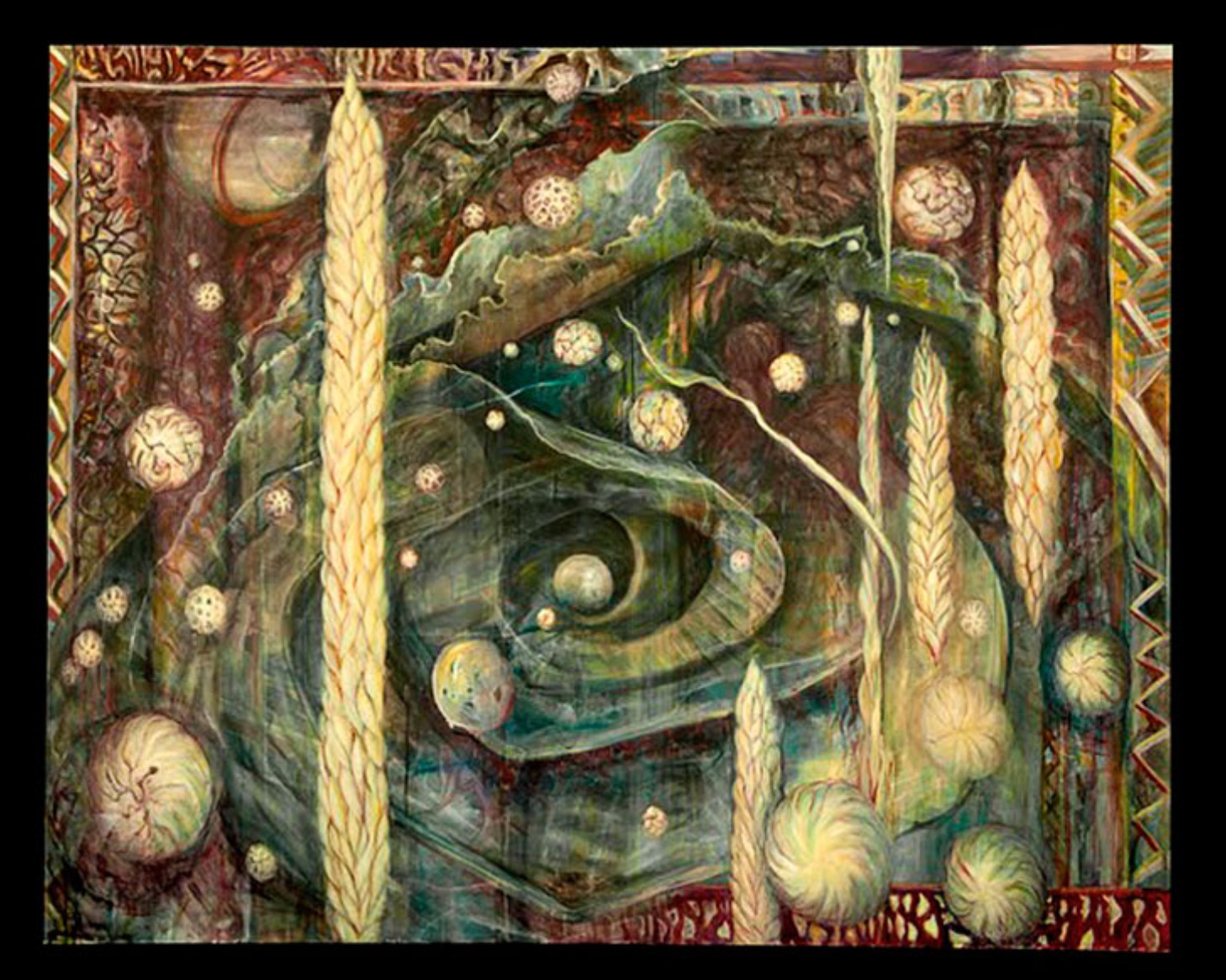
II
Budapest, Hungary
I had an exhibition of 30 large paintings in Budapest around the same time. This show originated in Slovakia and traveled to seven European cities over a period of seven years before the entire show was stolen from the last gallery in Moscow.
All the work, including the seven large diamond shaped canvases, had been created as an essential process in the reconstruction of my body after a near lethal car accident on a remote archipelago, Haida Gwai, in the Pacific Ocean, the home of the Kwakiutal and Haida Indians for 15,000 years.
The exhibition invoked a good deal of media coverage as it traveled from city to city. The paintings act as medicine imagery, reflecting various parts of the body that have been damaged, now in healthy conditions. Art as a healing force brought clergy of various faiths along with art aficionados to the various galleries. A radio interview in Budapest in which I talked about the purpose and process of the paintings brought the chief rabbi of Budapest who was particularly interested in my use of Hebrew words and letters that I had encrypted in many of the paintings. I had been working with the Hebrew alphabet in my work for years and had naturally employed the forms and meanings of that ancient alphabet which closely resembles neuronal forms in this work. I had learned long before that the more faculties one uses in one’s own healing, the more powerful and positive the healing visualization becomes.
By this time, I had already introduced my theory on the origin of all alphabets to the scientific community in both US and Russia. After spending as much as a year and a half in wilderness I had identified 5 patterns in nature that I found in all alphabets ancient to modern. I suggested that our ancestors ubiquitously chose these forms as they reflect the shapes of neurons and neural processes of perception and cognition. I called this theory Cosmography: The Writing of the Universe, and had made an hour-long video describing the discovery process released in 1995. https://www.amazon.com/Cosmography-Universe-Gilah-Yelin-Hirsch/dp/B000WAHY3O
After the rabbi and I had discussed the paintings in depth, he suggested continuing our conversation with a walk on tranquil Margaret Island, located in the Danube between Buda and Pest. He told me that he was preparing to take twenty 13-year-old boys to London to be circumcised. I was astonished by this information. The rabbi informed me that in the last decade it had become popular for grandfathers and fathers to reveal later in life or on their deathbeds that they were Jewish; they had either converted or lived as Catholics to shield their families from the Nazis and subsequent anti-Semitism. Consequently, they had not circumcised their sons. They believed that the time had come to reclaim their Judaism. And thus the rabbi annually was taking a group of twenty Bar Mitzvah boys for this ritual circumcision that would be overseen by the chief rabbi of London. There was a waiting list of several years to ensure that the newly recognized Jewish families would send their sons at the right time.
This information unsettled me. Eight-day-old babies easily withstand the “Bris”, the ritual circumcision that fulfills the commandment to bring one’s son into Abraham’s covenant. The thought of this being performed as the boy enters puberty was disturbing, yet I had already been with tribes where painful cuttings and challenging ritual passages were required for pubescent boys to become members of their clan.
Ironically, while cultural belief systems advocate ritual circumcision, secular circumcision has been adopted by many North American parents and hospitals of any faith as the norm for health reasons.
III
Beverly Hills, Los Angeles, California
A growing number of affluent women (and now some men) in major American cities voluntarily undergo extensive cutting of their faces, known cosmetic surgeries or face-lifts. These cuttings are painful and require weeks or months of recovery in specialized residential clinics. They are meant to halt visible signs of aging and to produce a newly sculpted youthful version of the patient. Often the new face barely resembles the former features of the patient. Rather than entering into an advanced adult stage of life, or graceful aging, this passage moves backward toward youth as simultaneously one’s body moves forward towards infirmity of later years and death. Frequently, this surgery has to be repeated several times as the face and body naturally grow into normal avenues of change and aging.
While this is a rarified yet growing cultural practice among those who can afford it, most who undergo this surgery keep it secret as there is still a stigma attached to changing one’s face because of vanity and the wish to stave off ostracism of aging.
In cultures that revere youthful beauty, this change means that women may have longer or renewed sex lives, may have the ability to find younger partners – or even find partnership for the first time. As in the other two examples, the goal is to be accepted into love relationships, an extended or new tribe, or certain work positions where the appearance of youthfulness is required.
Is this adaptation or mutation or perhaps both?

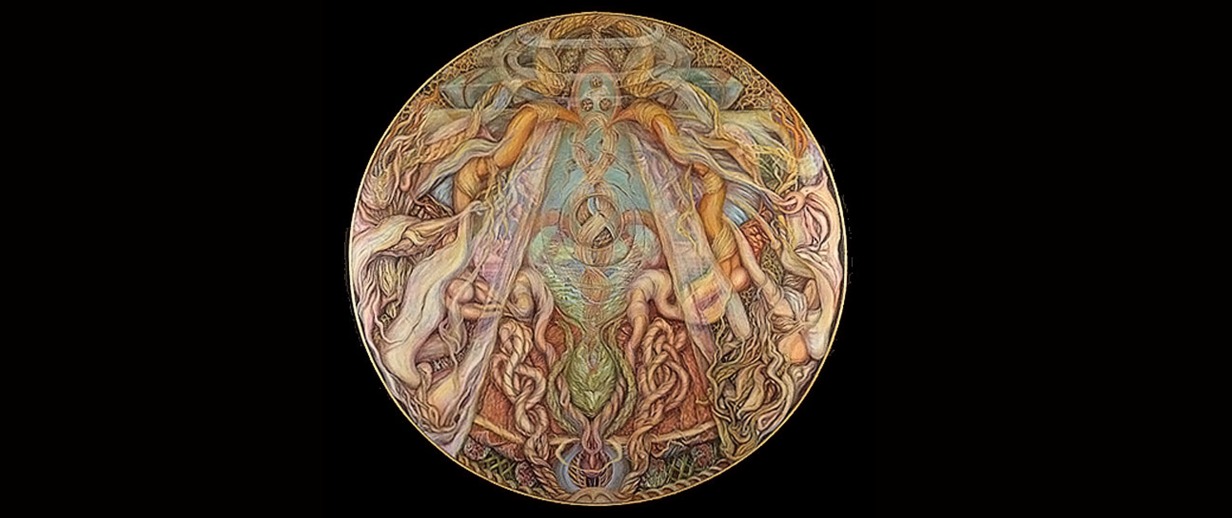
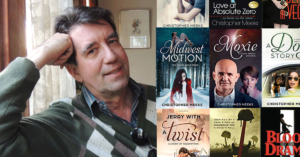



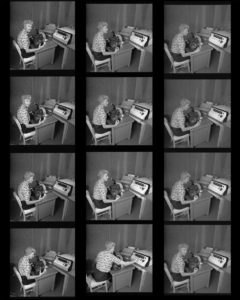
wow! it is really amazing how these three seemingly barbaric customs are revealed as to their common underlying purpose, things all humans seek.
Anonymous comments are allowed but not encouraged. For the sake of discussion, if a commentator wishes to submit anonymously,I urge him or her to use a pseudonym.
That said, I concur wholeheartedly with this observation.
James